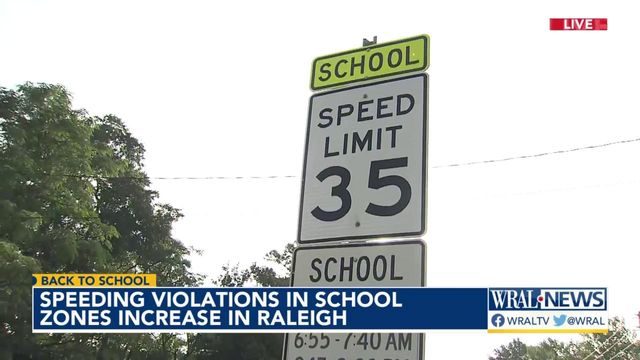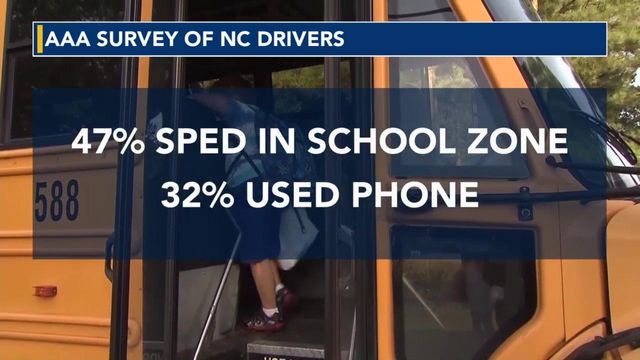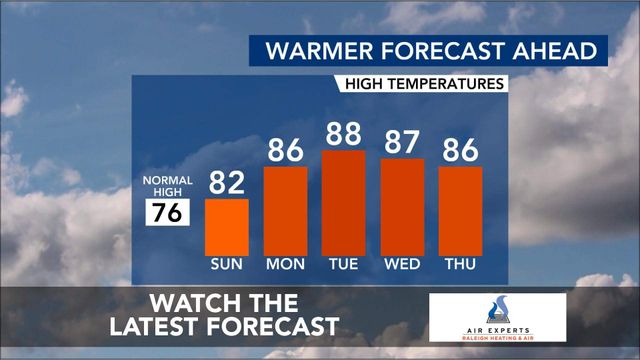AAA: 47% of NC drivers admit to speeding in a school zone
As students and their families prepare to go back to school, a new AAA survey shows many drivers need a reminder about speed limits in school zones and when to stop for a school bus.
AAA on Wednesday released the survey of 400 North Carolina drivers. And the results are a little scary.
47% of those polled admitted to speeding in an active school zone. Almost one-third of drivers said they used their hand-held cell phone while driving in an active school zone.
AAA is reminding drivers to slow down and pay attention, especially around bus stops and school zones.
The survey showed 23% of North Carolina drivers are only somewhat, or not at all, confident about when they can pass a school bus with the stop arm extended.
The basic rule of thumb: All directions must stop, unless you're on a divided highway. Here are the laws, explained.

Around 13% of drivers in North Carolina admit they have driven around a stopped bus.
AAA released the following safety tips for drivers:
-Slow down. Speed limits in school zones are reduced for a reason. A pedestrian struck by a vehicle traveling at 25 mph is nearly two-thirds less likely to be killed compared to a pedestrian struck by a vehicle traveling just 10 mph faster.
-Come to a complete stop. Research shows that more than one-third of drivers roll through stop signs in school zones or neighborhoods. Always come to a complete stop, checking carefully for children on sidewalks and in crosswalks before proceeding.
-Eliminate distractions. Research shows that taking your eyes off the road for just two seconds doubles your chances of crashing.
-Share the road with bicyclists. Children on bicycles are often inexperienced, unsteady and unpredictable. Slow down and allow at least three feet of passing distance between your vehicle and a bicyclist.
-Talk to your teen. Car crashes are one of the leading causes of death for teens in the United States, and nearly one in four fatal crashes involving teen drivers occurs during the after-school hours of 3 p.m. to 7 p.m. Get evidence-based guidance and tips at TeenDriving.AAA.com.
Safety tips for students
For pedestrians:
- Pay attention at all times. Avoid texting or wearing headphones, so you can detect nearby traffic.
- Use sidewalks where available. If not, walk against the direction of traffic so you can see oncoming vehicles.
- Make yourself easier to be seen by wearing reflective, bright colored clothing.
For bicyclists:
- Wear a helmet and neon or bright colored clothes.
- Ride in the same direction as traffic and stay as far to the right as possible. Use bike lanes when you can.
- Do not wear headphones so you can detect approaching traffic.
- Cross the street at intersections. Do not pull into the roadway from between parked cars.
For students at the bus stop:
- Arrive at least 5 minutes before the bus is scheduled to arrive.
- Stay five steps away from the curb.
- Be alert and remove headphones so you can hear oncoming traffic.
- Wait until the bus comes to a complete stop and the bus driver signals for you to board.











